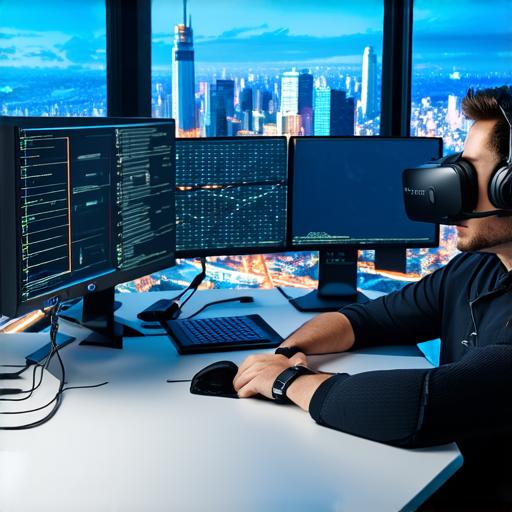Define your goals
Before you start designing your VR experience, it’s important to define your goals. What do you want to achieve with your design? Are you looking to entertain, educate, or train users? Once you have a clear understanding of your objectives, you can begin to develop a plan for how to achieve them.
Choose your platform
Next, you need to choose the platform on which you will create your VR experience. There are several options available, including Unity, Unreal Engine, and A-Frame. Each of these platforms has its own strengths and weaknesses, so it’s important to choose the one that best suits your needs.
Determine your user interface
Your virtual reality experience will require a user interface (UI) that allows users to navigate and interact with the environment. The UI should be intuitive and easy to use, with clear instructions and prompts. You may want to consider using voice commands or hand gestures to make the experience more immersive.
Create your environment
The environment in which your VR experience takes place is a critical component of its success. It’s important to create an environment that is both visually appealing and engaging. This may involve using 3D modeling software to create realistic textures, lighting, and effects. You may also want to consider using sound design to enhance the immersive experience.
Test your design
Once you have created your VR experience, it’s important to test it thoroughly to ensure that it is functioning as intended. This may involve recruiting beta testers to provide feedback on the design, or conducting user testing to gather data on how users are interacting with the environment. Based on this feedback, you can make adjustments and improvements to your design as needed.
Launch your VR experience
When you’re ready to launch your VR experience, it’s important to choose the right distribution platform. This may involve submitting your experience to the Oculus Store or Google Play Store, or hosting it on your own website. Once your experience is live, you can begin promoting it to your target audience and gathering user feedback.
Conclusion
Creating virtual reality designs can be a complex and challenging process, but with the right tools and techniques, it’s possible to create engaging and immersive experiences that will captivate users. By following these steps, you can develop a plan for creating your own VR experience and bring your vision to life.

